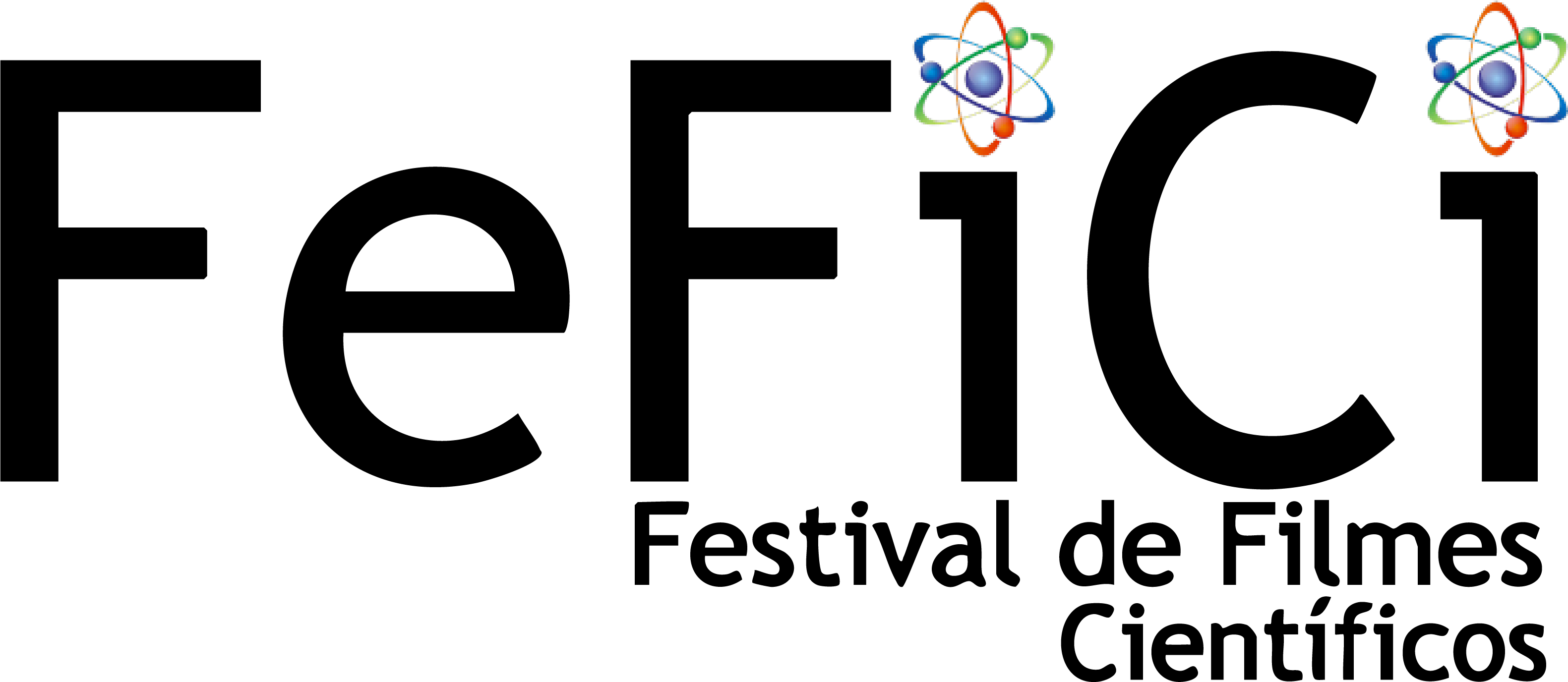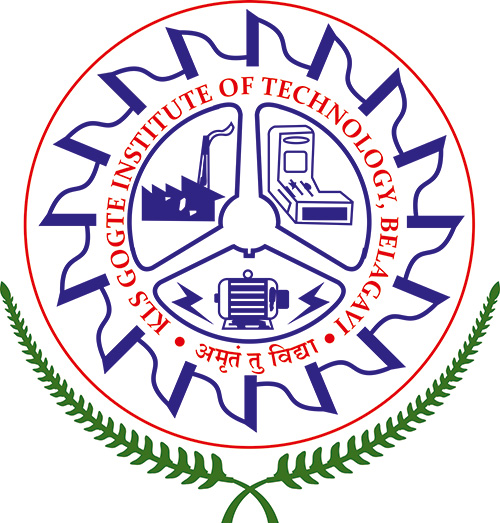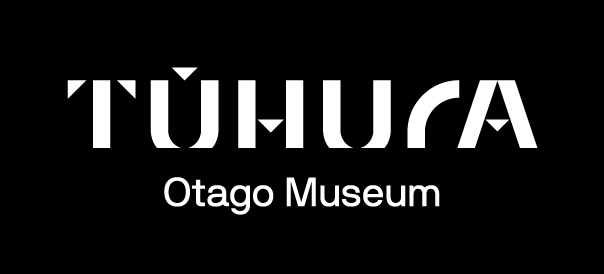

We are honoured to have the following partners host screenings of the Quantum Shorts films for the International Year of Quantum Science and Technology. This page will be updated as partners come on board.
ArtScience Museum is an iconic cultural landmark in Singapore. Our mission is to explore where art, science, culture and technology come together. It is here at the intersection of art and science that innovation and new ideas are formed.
ArtScience Cinema is ArtScience Museum’s first purpose-built screening room. It presents a diverse range of curated programming that includes feature films, cinematic retrospectives, film festival selections, documentaries and more. ArtScience Cinema boasts spacious, comfortable seating and high-quality surround-sound wireless headphones for a truly immersive cinematic experience.

FeFiCi (Festival de Filmes Científicos – Science Films Festival) is a Brazilian festival dedicated to exploring the relationship between cinema and science while promoting scientific film production in Brazil. FeFiCi is organized by the Scientific Image Laboratory (LIC), a collaboration between researchers from Unicamp (University of Campinas), Unifesp (Federal University of São Paulo), and PUC-SP (Pontifical Catholic University of São Paulo). Founded in 2019 by Alfredo Suppia from Unicamp’s Institute of Arts, Cícero Silva from Unifesp, and Jane Almeida from PUC-SP, the festival has completed five successful editions featuring Brazilian audiovisual productions spanning various scientific fields including medicine and physics, as well as science fiction and animation.

The Institute for Quantum Computing (IQC) is a research institute at the University of Waterloo in Canada. IQC was founded in 2002 and today hosts over thirty research groups studying quantum information through the lens of mathematics, computer science, chemistry, physics, and engineering. Our researchers are developing new ideas and technologies for quantum computing, communication, sensors, and materials. IQC is training the current and future quantum workforce, supporting industry through shared infrastructure and expertise, and making quantum science accessible at all levels.
The Integrated Quantum Networks (IQN) Hub is a major UK-wide collaboration working to enable quantum networking at all distance scales, ranging from localised quantum computing networks through to satellite-based intercontinental communications. Funded by the Engineering and Physical Sciences Research Council, the Hub brings together the expertise of 13 leading UK Universities, the National Physical Laboratory, RAL Space (the UK’s R&D centre for space technology), and over 40 industrial partners to secure the UK’s leadership in quantum communications. To find out more, visit https://iqnhub.org/

KLS Gogte Institute of Technology (GIT) is one of Karnataka’s premier engineering institutions, established in 1979 under the aegis of Karnatak Law Society. The institute offers a wide range of undergraduate, graduate and doctoral programs in engineering, architect and management. The institute nurtures students into competent professionals through a blend of academic rigor, culture of innovation and industry collaboration.

The Te Whai Ao – Dodd-Walls Centre is a national Centre of Research Excellence involving five NZ universities, hosted by the University of Otago. Our research focuses on New Zealand’s acknowledged strength in the fields of precision atomic and quantum optical physics, with our name drawn from two kiwi pioneers in these fields. Our research explores the limits of control and measurement at the atomic scale through the use of laser light, the generation and manipulation of light at its most fundamental, quantum level and the processing and physical nature of information in this quantum realm. The Te Whai Ao – Dodd-Walls Centre also actively promotes science education and outreach to the wider public through partnership with Tūhura Otago Museum and other organisations nationally.

Tūhura Otago Museum is home to Aotearoa’s largest science centre, and the country’s biggest outreach team complete with a state of the-art 360-degree planetarium. Through hands-on education and touring outreach, the Museum fosters STEM learning across Ōtākou, Aotearoa, and the Pacific, inspiring curiosity, and a love of discovery in tamariki, with the goal of shaping the next generation of scientists and innovators.